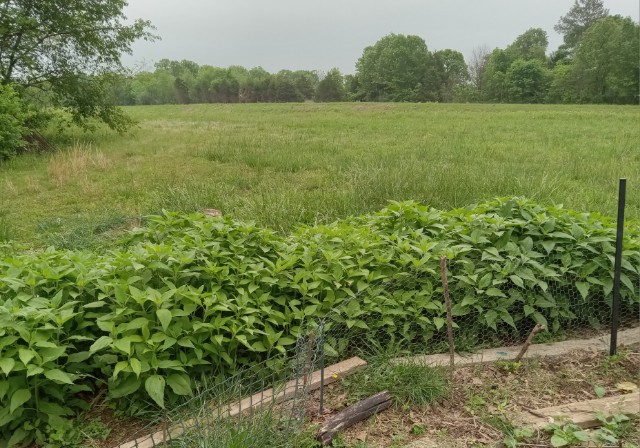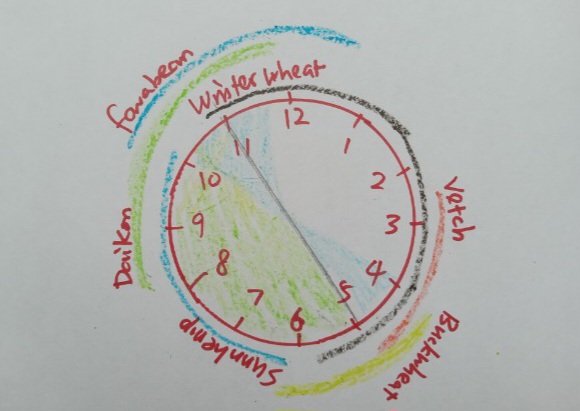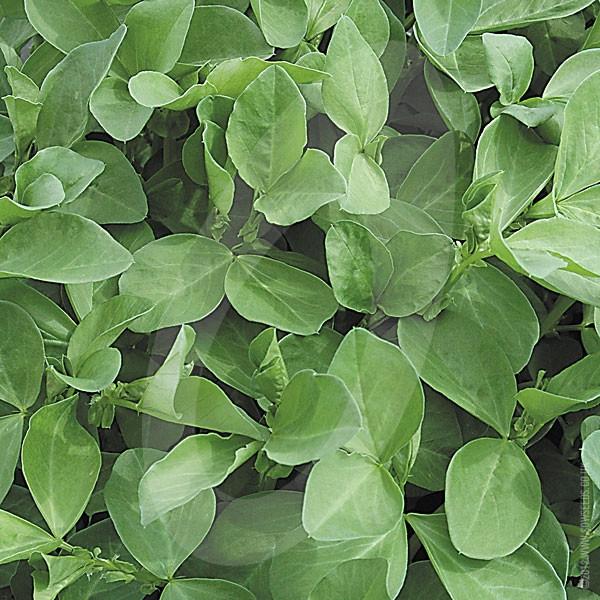
 11
11





 6
6





- Tim's Homestead Journal - Purchase a copy of Building a Better World in Your Backyard - Purchase 6 Decks of Permaculture Cards -
- Purchase 12x Decks of Permaculture Cards - Purchase a copy of the SKIP Book - Purchase 12x copies of Building a Better World in your Backyard
 10
10




 who was hosted here on Permies seems to be the premier practitioner of perennial cover cropping.
who was hosted here on Permies seems to be the premier practitioner of perennial cover cropping.
 11
11





Zone 6, 45 inches precipitation, hard clay soil




 13
13





Zone 6, 45 inches precipitation, hard clay soil





 19
19




 11
11




Nothing ruins a neighborhood like paved roads and water lines.

 9
9





 9
9




Some places need to be wild
 5
5




 8
8




William Bronson wrote:I love creeping Charlie, but it isn't competitive enough for where I live. Neither is clover. I preferentially weed for the one and have attempted to establish the other,but to no avail. I am currently focused on deeply muched raised beds.
Kind of a Back to Eden with autum leaves and less bending. I grow comfrey around the lower edges of the beds, to catch and retain nutrients.
William Bronson wrote:
I am currious on how to grow on a bigger scale, without importing anything, even seeds. Cover cropping,as practiced now, usually uses a lot of imported seeds.
William Bronson wrote:
Cover cropping is different depending on the context.
If you are trying to avoid weeding and tilling, weeds, with their persistent habits, might not work.
Mark and Joseph, how do you use tillage and how do you approach weeding?
Nothing ruins a neighborhood like paved roads and water lines.
 4
4




Zone 6, 45 inches precipitation, hard clay soil





 4
4




May Lotito wrote:Broadbeans are more expensive. I started with a seed pack of $5 and there was only 24 seeds inside!

How Permies works: https://permies.com/wiki/34193/permies-works-links-threads
My projects on Skye: The tree field, Growing and landracing, perennial polycultures, "Don't dream it - be it! "
 8
8




 8
8




Argue for your limitations and they are yours forever.
 9
9




Country oriented nerd with primary interests in alternate energy in particular solar. Dabble in gardening, trees, cob, soil building and a host of others.
 8
8




 4
4




Nothing ruins a neighborhood like paved roads and water lines.
 3
3




 2
2





|
On my planet I'm considered quite beautiful. Thanks to the poetry in this tiny ad:
The new purple deck of permaculture playing cards
https://www.kickstarter.com/projects/paulwheaton/garden-cards
|





